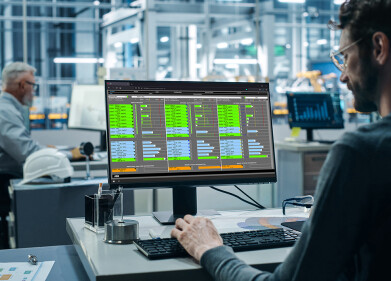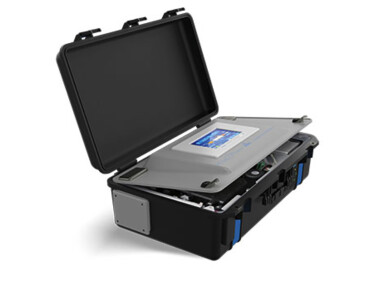CEMS
What Methods Are Used for Emissions Monitoring?
Sep 07 2021
The monitoring of emissions from stationary sources of pollution, such as power stations, manufacturing plants and other industrial facilities, is important for a number of reasons. Not only does it allow the operator of the site to ascertain the concentration of various gases that they are emitting into the atmosphere, but it also enables the relevant authorities to check whether the site in complying with its legal obligations.
There are a wide variety of different methods of monitoring those emissions, each of which is more or less appropriate depending on the nature of the facility and the specific gas or pollutant that is being monitored. Here’s a brief rundown of the three main techniques used when monitoring emissions, as well as an example of the purposes to which they are put.
CEMS
The most common method of emissions monitoring, a continuous emissions monitoring system (CEMS) is an instrument that is capable of continuously measuring actual emissions from a stationary source in real time. To learn more about the widespread popularity of CEMS in the modern age, please view the talk Taking CEMS availability to the next level with Digitalization.
CEMS are generally used for two purposes: either to quantify the concentration of the pollutant of concern directly, or else to quantify the concentration of a surrogate pollutant for the pollutant of concern. For example, nitrogen oxides (NOx) levels are measured directly by a NOx CEMS, while a carbon monoxide (CO) CEMS may be used for the latter purpose to ensure that the facility is compliant with its maximum thresholds of volatile organic compound (VOC) emissions.
COMS
Continuous opacity monitoring systems (COMS) are instruments that are most commonly used to measure concentrations of particulate matter. Unlike CEMS, COMS do not monitor the actual concentrations of the pollutants in the emissions, but rather their opacity. This term refers to the amount of light that PM is capable of attenuating (or weakening in intensity) in the smokestack emissions.
For example, a smokestack emission in which no light is attenuated will be said to have 100% transmittance and 0% opacity, which is an indication of the absence of PM. On the other hand, a smokestack emission in which all the light is attenuated will be said to have 0% transmittance and 100% opacity, which indicates that PM is present in very high concentrations.
CPMS
Continuous parametric monitoring systems (CPMS) are instruments which do not measure pollutant concentrations or their opacities, but rather one or more parameters associated with the process or the equipment in question. The parameters in question are key indicators of the performance of the system, which is affected by the presence or absence of the pollutants of concern.
For example, a CPMS might monitor the temperature, flow rate or pressure of a device or the process it handles. By determining how these parameters have fluctuated, the monitor can give an indication of which kinds of pollutants (and in what concentrations) are present in the emissions.
Digital Edition
AET 28.4 Oct/Nov 2024
November 2024
Gas Detection - Go from lagging to leading: why investment in gas detection makes sense Air Monitoring - Swirl and vortex meters will aid green hydrogen production - Beyond the Stack: Emi...
View all digital editions
Events
Jan 12 2025 Abu Dhabi, UAE
Jan 14 2025 Abu Dhabi, UAE
Jan 20 2025 San Diego, CA, USA
Carrefour des Gestions Locales de L'eau
Jan 22 2025 Rennes, France
Safety, Health & Wellbeing LIVE
Jan 22 2025 Manchester, UK
.jpg)


















